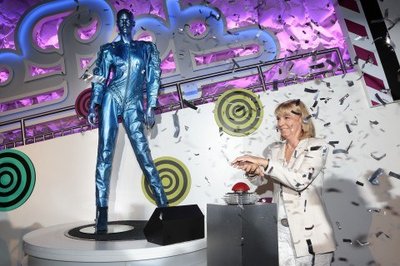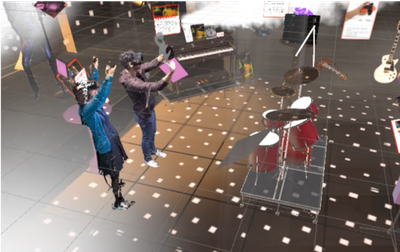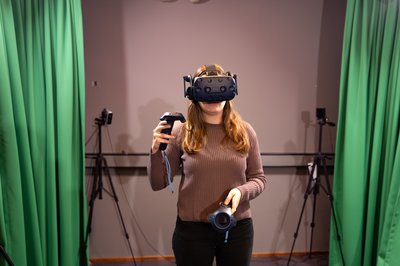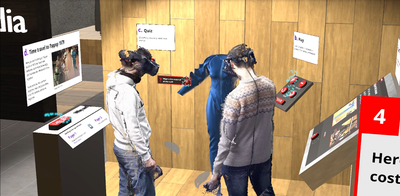
CWI’s Distributed and Interactive (DIS) group, specialized in Human-Centered Multimedia Systems and Affective Interactive Systems, collaborates with industry and the public sector on a regular basis. Examples of such collaborations include the broadcaster and TV operators BBC and BT, the Opera house the Gran Teatre del Liceu, the conference organizer VRDays, and the design agency ByBorre. One of the most recent collaborations of the group is with Sound and vision, the Netherlands' institute for media and culture.
Together, in the research project MediaScape XR, they explore what the museum of the future will look like, based on novel Social XR technologies developed by the DIS group. With the development of this museum, the partners give a sneak peek into the future of shared, remote access to cultural heritage with the demonstration of the pioneering application, MediaScape XR. This application is a promising solution for a remote visit to a 3D museum together with other remote visitors.
Cultural institutions are under pressure to make collections available online, this project goes a step beyond enabling highly immersive and interactive experiences. The experience of a shared virtual museum visit provides insights on how cultural institutions can take the next step after the digitization process of their collection is completed




